A Fruit Steeped in Symbolism and Spiritual Significance
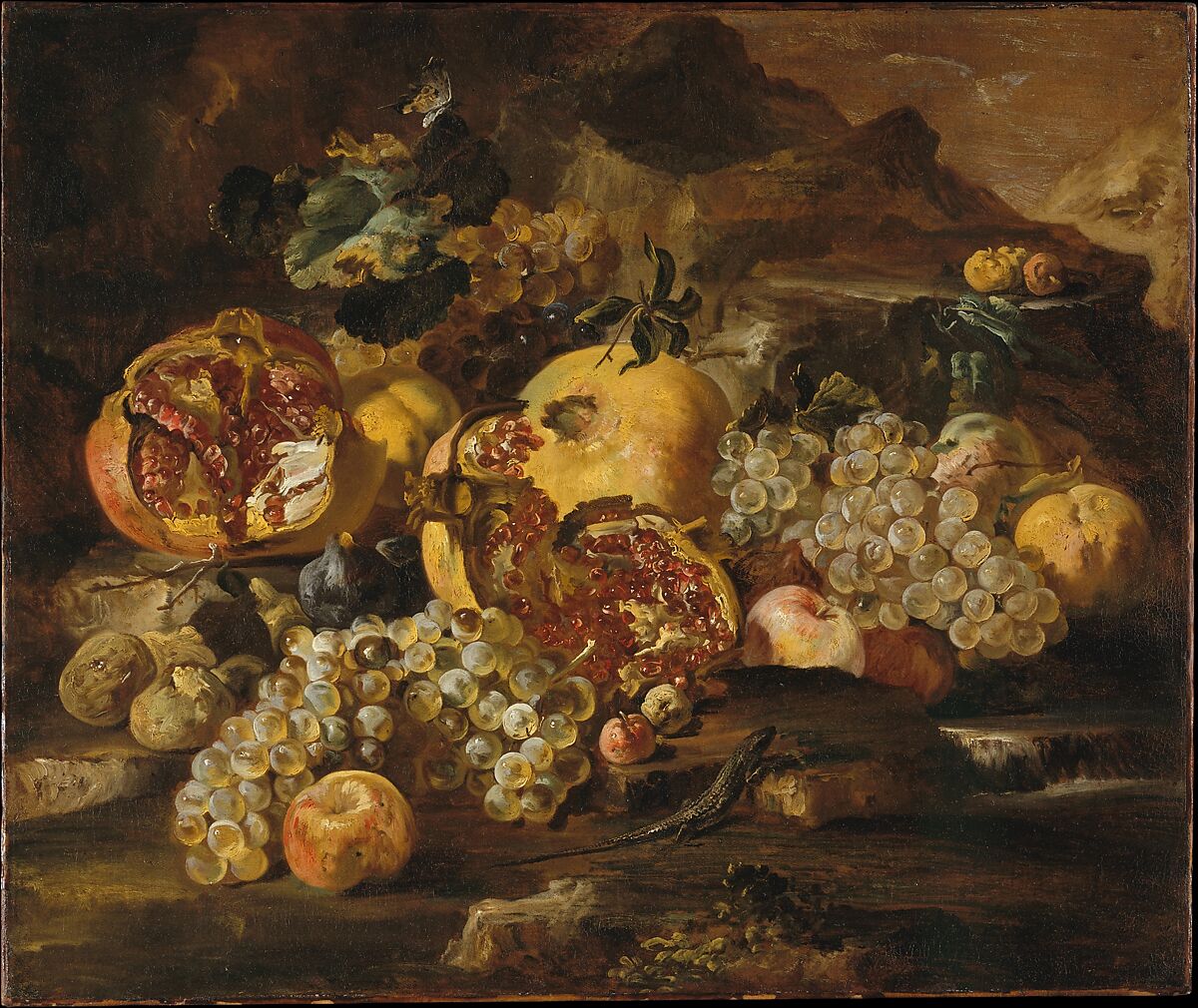
The pomegranate is a fruit that has captured the imagination of cultures and religions across the world for millennia. From ancient Greek myths to Jewish tradition, this unique fruit has been imbued with a rich tapestry of symbolic meanings and spiritual significance. In this exploration, we will delve into the various ways in which the pomegranate has been interpreted and revered, particularly in Jewish and Greek traditions, and how these meanings have been absorbed and transformed within the Christian context.
The Pomegranate in Jewish Tradition
In Jewish tradition, the pomegranate holds a place of special reverence. It was one of the seven species of plants that were held sacred in ancient Israel, and it is mentioned numerous times in the Bible. One of the most significant uses of the pomegranate in Jewish ritual was in the adornment of the robes of the high priests. The hems of these sacred garments were decorated with alternating bells and pomegranates (Exodus 28:33-34).
The exact reason for this decoration is not explicitly stated in the Bible, but Jewish scholars have offered various interpretations. One common explanation is that the pomegranate was believed to have exactly 613 seeds, corresponding to the 613 commandments or mitzvot in the Torah. By wearing the image of the pomegranate, the priest was symbolically shouldering the responsibility of upholding and embodying the entirety of Jewish law.
Another aspect of the pomegranate that held significance in Jewish thought was its crown-like calyx at the blossom end of the fruit. This was seen as a symbol of royalty and divine favor. In the Talmud, it is said that even the most unlearned Jew is as full of merit as a pomegranate is full of seeds (Berakhot 57a), indicating that every individual, regardless of their scholarship, has inherent worth and potential in the eyes of God.
The Pomegranate in Greek Mythology
In ancient Greek tradition, the pomegranate was a symbol heavily associated with the cycles of life, death, and rebirth. The most famous myth involving the pomegranate is that of Persephone, the goddess of spring and vegetation. According to the story, Persephone was abducted by Hades, the god of the underworld, and taken to his realm.
Persephone’s mother, Demeter, the goddess of agriculture, was so distraught that she neglected her duties, causing crops to wither and the earth to grow cold. Eventually, a deal was struck whereby Persephone would spend one-third of the year in the underworld with Hades and two-thirds of the year above ground with her mother. This cycle was used to explain the changing of the seasons.
Critically, it was said that Persephone’s annual return to the underworld was a consequence of having eaten pomegranate seeds while in Hades’ realm. In some versions, she ate four seeds; in others, six or seven. The number of seeds consumed corresponded to the number of months she was required to spend in the underworld each year. Thus, the pomegranate became a symbol of the indissoluble link between life and death, of the inevitable cycle of descent and return.
Christian Assimilation and Transformation
As Christianity spread throughout the Greco-Roman world, it often assimilated and reinterpreted symbols and ideas from the pagan traditions it encountered. The pomegranate, with its rich symbolism in both Jewish and Greek thought, was no exception.
In Christian art and iconography, the pomegranate took on new meanings while retaining echoes of its Jewish and Greek heritage. It became a symbol of the resurrection of Christ and of the hope of eternal life for believers. Just as the many seeds are contained within a single fruit, the Church saw itself as the unified body of Christ, made up of many individual believers.
The pomegranate’s association with Persephone’s descent into the underworld found a parallel in Christian narratives of Christ’s descent into hell between his crucifixion and resurrection. This event, known as the Harrowing of Hell, was seen as a triumph over death and a liberation of the righteous souls of the pre-Christian era. The pomegranate, as a symbol of resurrection and return from the underworld, was a fitting emblem for this aspect of Christian belief.
In some Christian traditions, the pomegranate was also identified as the forbidden fruit of the Garden of Eden. This interpretation lent additional layers of meaning to the fruit’s symbolism. The red juice of the pomegranate could be seen as a prefiguration of the blood of Christ, and the fruit’s many seeds represented the abundance of God’s grace and the fecundity of the redeemed soul.
The pomegranate, with its unique physical characteristics and its millennia-long accumulation of symbolic associations, stands as a testament to the profound ways in which material objects can become vessels for spiritual and cultural meaning. From its place in Jewish priestly garments to its role in Greek myths of death and rebirth, and finally to its assimilation into Christian iconography, the pomegranate has served as a rich and enduring symbol, capable of speaking to the deepest aspects of human experience and belief.
In tracing the pomegranate’s journey through these various cultural and religious contexts, we can see how symbols evolve and accrue new layers of meaning over time, while still retaining echoes of their earlier associations. The pomegranate’s enduring significance is a reminder of the power of symbols to connect us to our cultural and spiritual heritage, and to provide a language for expressing the most profound aspects of the human condition.
Bibliography:
- Bible, Exodus 28:33-34.
- Talmud, Berakhot 57a.
- Homer. The Odyssey. Translated by Robert Fagles, Penguin Classics, 1996.
- Ovid. Metamorphoses. Translated by Charles Martin, W. W. Norton & Company, 2005.
- Herodotus. The Histories. Translated by Robin Waterfield, Oxford University Press, 1998.
- Ruck, Carl A. P., and Danny Staples. The World of Classical Myth. Carolina Academic Press, 1994.
- Graves, Robert. The Greek Myths. Penguin Books, 1992.
- Campbell, Joseph. The Hero with a Thousand Faces. New World Library, 2008.
- Jung, C. G. Symbols of Transformation. Princeton University Press, 1976.
- Eliade, Mircea. The Sacred and the Profane: The Nature of Religion. Harcourt Brace Jovanovich, 1959.
- Frazer, James George. The Golden Bough: A Study in Magic and Religion. Macmillan, 1974.
- Cooper, J. C. An Illustrated Encyclopaedia of Traditional Symbols. Thames & Hudson, 1978.
- Gaskell, G. A. Dictionary of All Scriptures and Myths. Gramercy Books, 1981.
- Hall, James. Dictionary of Subjects and Symbols in Art. Westview Press, 2008.
- Ferguson, George. Signs & Symbols in Christian Art. Oxford University Press, 1961.

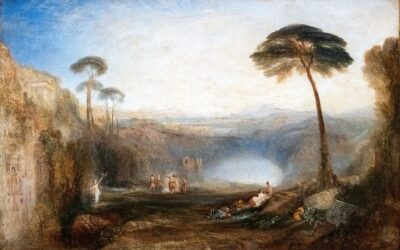

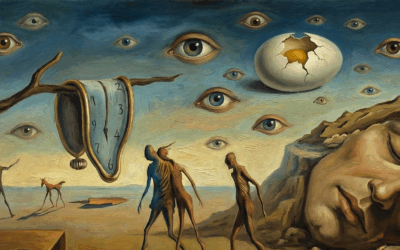

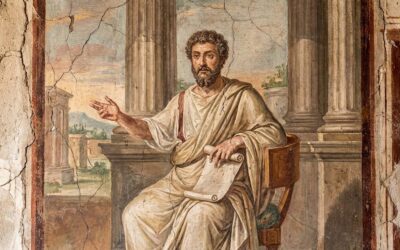



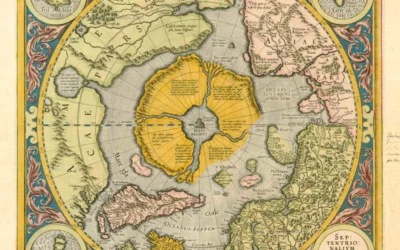


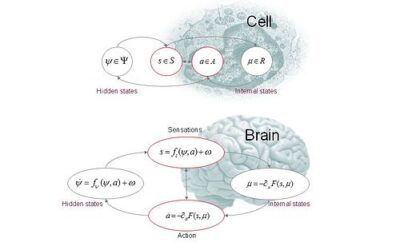


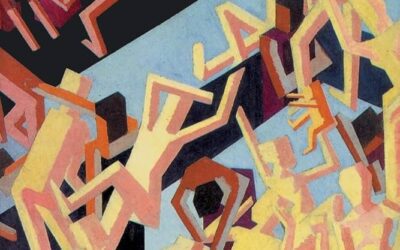
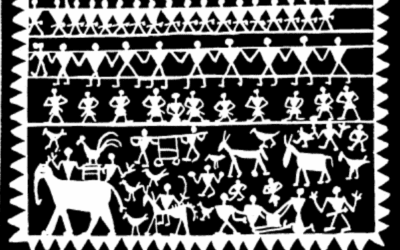




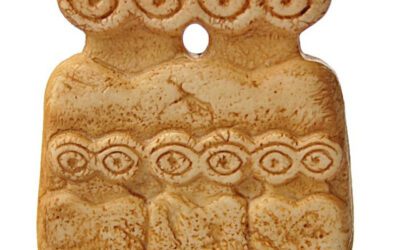




0 Comments